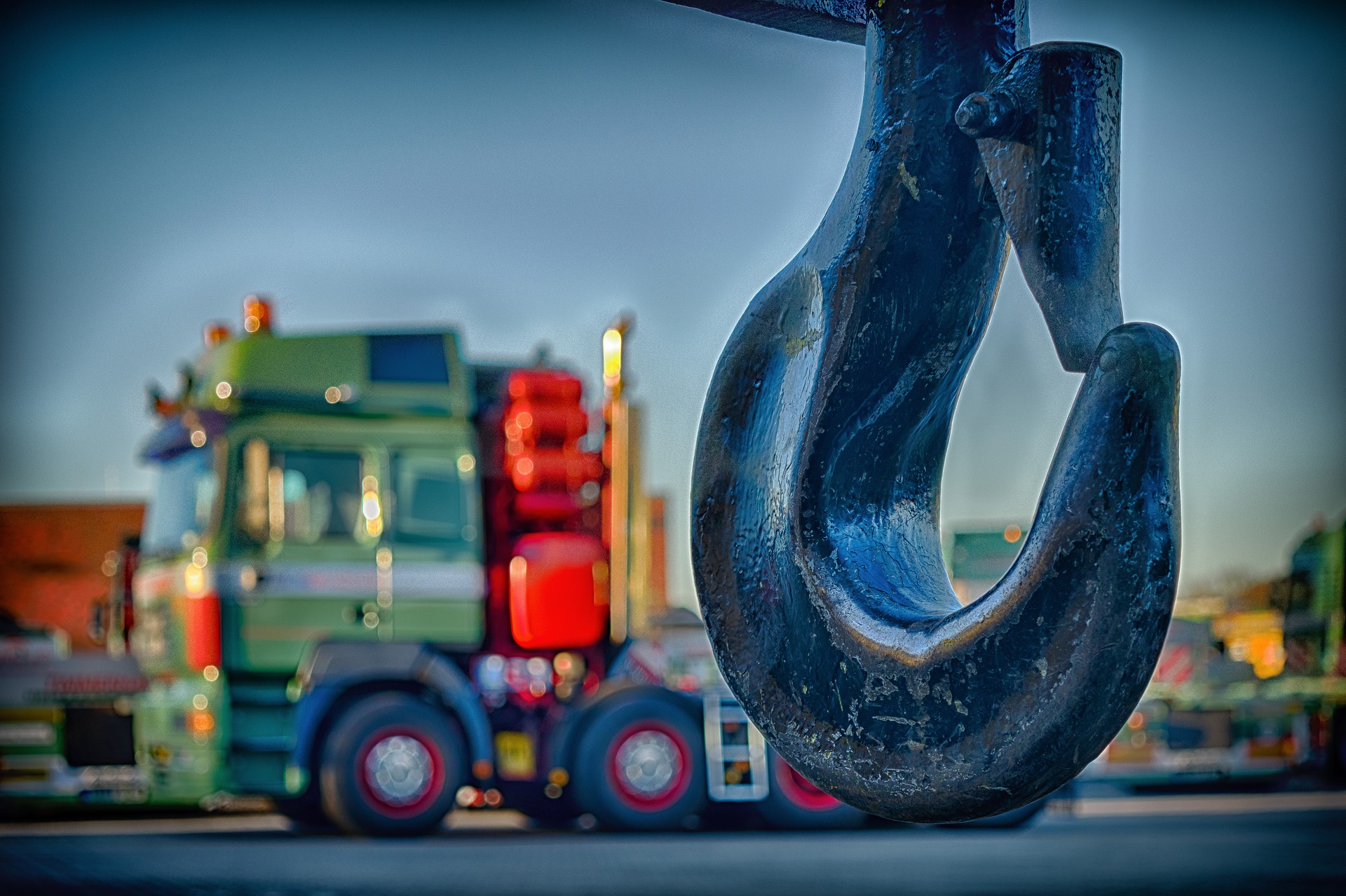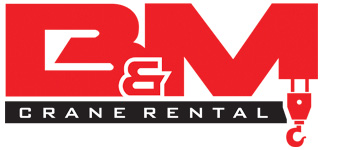Boom trucks are powerhouses of the construction and lifting industries. They are versatile all-rounders that are suitable for all kinds of conditions. No doubt that’s why they are so popular on work sites.
But if you want to hire one, getting to grips with all the industry terms can be a mission.

Unfortunately, this can hinder your rental process. To help you out, we’ve written a break down of boom truck specifications and features.
The basic features of a boom truck
Boom trucks are a type of mobile crane. You can think of it as a crane that’s mounted on top of a hauling truck. Thanks to their structure, you can drive them on standard roads and other types of terrain. So there’s no need to hire a separate vehicle to transport them.
Generally, boom trucks have similar features to other types of mobile cranes. Here are the main parts of these machines:
Operators cabin
The cab on a boom truck usually resembles that on any standard hauling truck. There are two main types of cabins.
First, there are fixed cabin boom trucks. In this case, the vehicle’s and the boom controls will sit here. So this will be the compartment where the trained operators will sit and steer the machine.
Second are swing boom trucks with a separate cabin on the flatbed. As you move the boom, the compartment will move with it.
For example, both the Manitex TC50155S and the National NBT45 are swing boom trucks.
Usually, this can improve the visibility of the load and, therefore, the accuracy of the operator.
Boom
The boom is the most recognizable feature of any crane. It’s the arm that does all the heavy lifting. You can use it to lift and lower and move the load.
Most boom trucks have a telescopic boom. This means it has an arm that you can extend straight out.
To find out more, take a look at how telescopic cranes are made.
Jib
Thanks to the jib, the boom of the truck can extend out even longer. It’s an extension that you mount on the tip of the arm, allowing you to lift objects higher and move them farther.
Flatbed

On standard trucks, this is the flat surface that you’ll use for transporting the load. However, on mobile cranes, the boom and sometimes the operator cabin will be here.
You can still carry some cargo here. But there won’t be much space.
Rotex gear
In many ways, these gears are necessary to make the lofting magic happen. Manufacturers mount it on the flatbed and underneath the swing cabin.
Through this hydraulic motor, you can rotate the cab and the boom.
Outrigger
The outrigger is a part that provides stability and balance to the boom truck. It can help stop the crane from leaning or tipping. The structure consists of a beam, a leg, and a foot that rests on the ground.
Accessories
Nowadays, many cranes come with a range of accessories. If necessary, you can often switch out some of the lifting fixtures on the actual boom. For example, you might attach a personnel hoist to lift people with.
However, this largely depends on the crane model. So you need to consult the rental company about this.
Guide to boom truck specifications
Now we can look at the most important boom truck specifications. These are the aspects that you need to be concerned with if you’re planning to rent a crane. This is how you will decide which model is perfect for your job.
Capacity
In short, this is the maximum weight that the crane can lift. Most boom trucks can lift between 10 and 60 tons. But it’s not exactly straightforward. The amount a boom can lift changes depending on how far you extend it.
Therefore, you need to study and work with the load chart of the specific crane model. And it would be best if you also calculated the weight of the object.
Boom and jib length
We’ve already covered what the jib and boom are and what you use them for. Now we can look at the length. This relates to the reach of the crane and how far away you can move the load or how high you can lift it.
Significantly, you should note the crane can lift more, and with fewer risks, the less extended the jib and boom are.
Mobility
All boom trucks are mobile cranes. Therefore, each model has a set of its own wheels. So you can move it by itself.
Terrain capabilities
Another critical specification is the terrain capabilities of the specific model. By this, we mean what type of surface conditions it can handle. For example, rough terrain cranes are suitable for all kinds of off-road applications. But the operator can’t drive them on public or tar roads.

On the other hand, all-terrain cranes can handle uneven surfaces. Yet you can also drive it on public and tar roads.
Stability
You should consult the rental company about the stability of the crane. This involves how likely or unlikely the crane is to lean or tip. Generally, it can be affected by the following:
- Weather conditions
- Center of gravity of the load and boom truck
- Surface
- Boom length
Make the best out of your crane rental
These mobile cranes might be the ideal machines for your requirements. But you should always remember to check whether the boom truck specifications are suited to your lifting job.
Even when you’ve decided which crane to rent, your planning isn’t done yet. There are many steps involved in the process, like making sure you choose the right company to work with.
Before you go any further, take a look at the quick start guide to crane rental dos and don’ts and how to prepare your jobsite for a crane rental.

